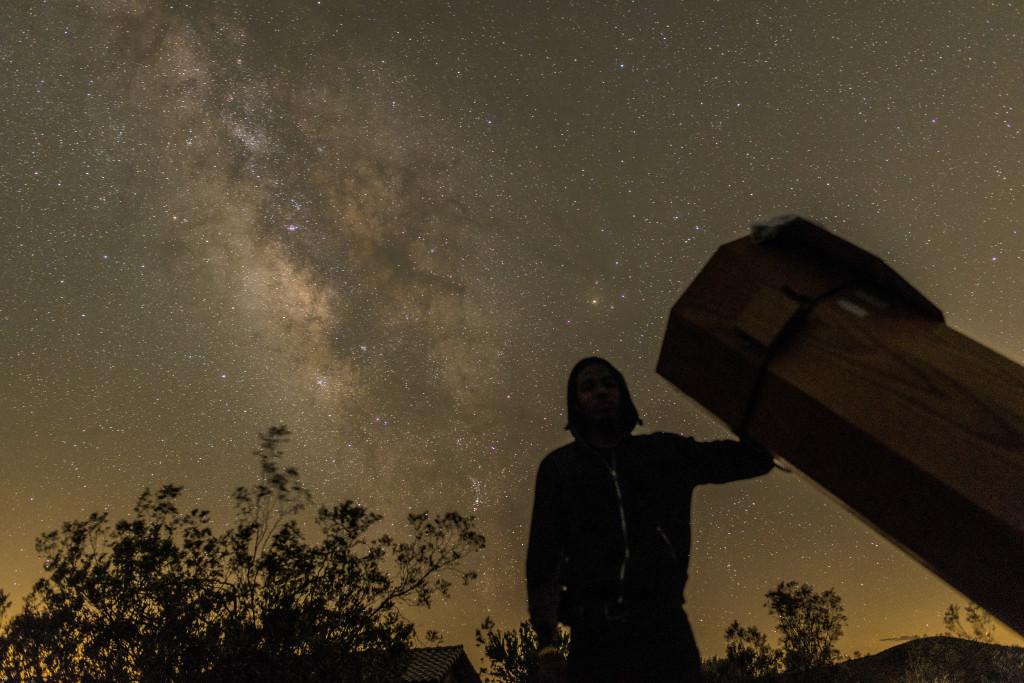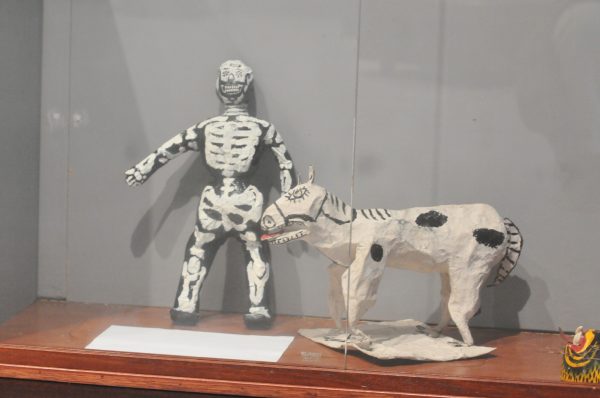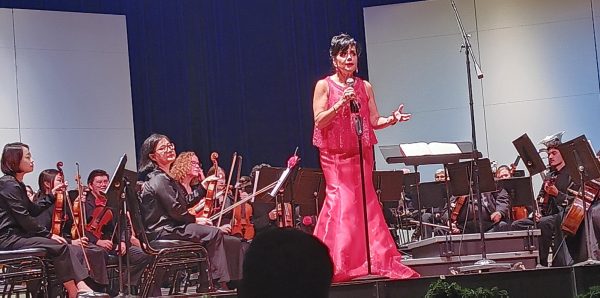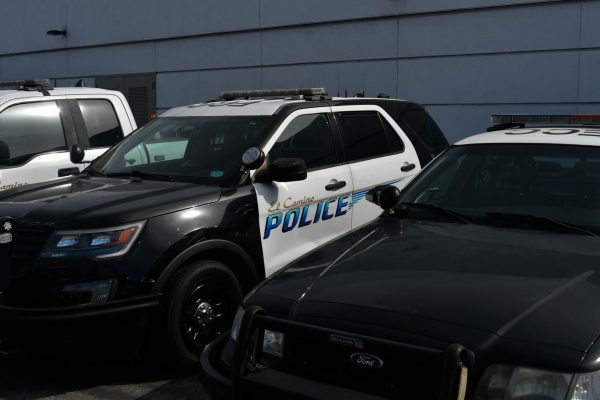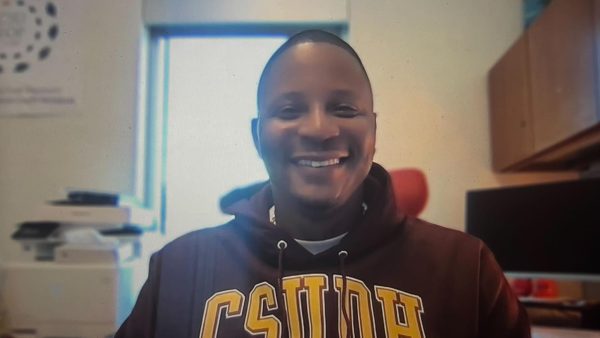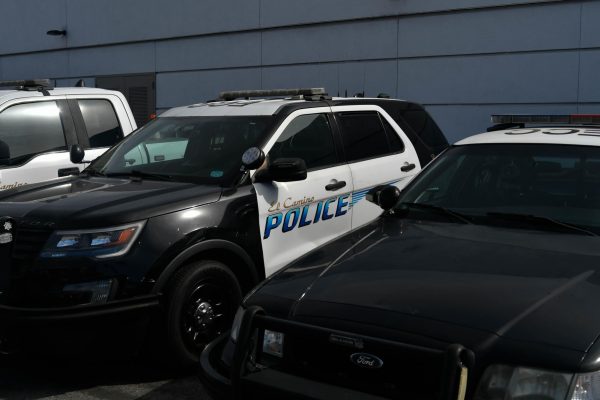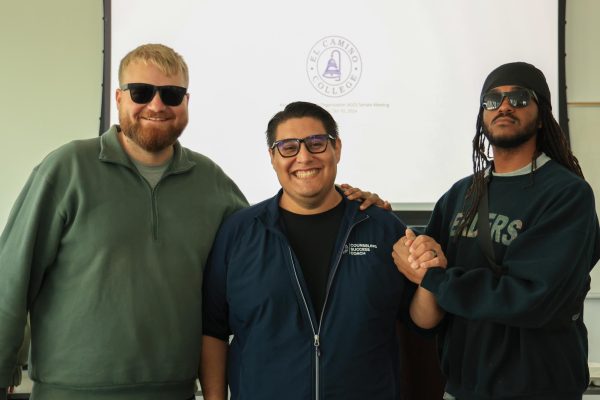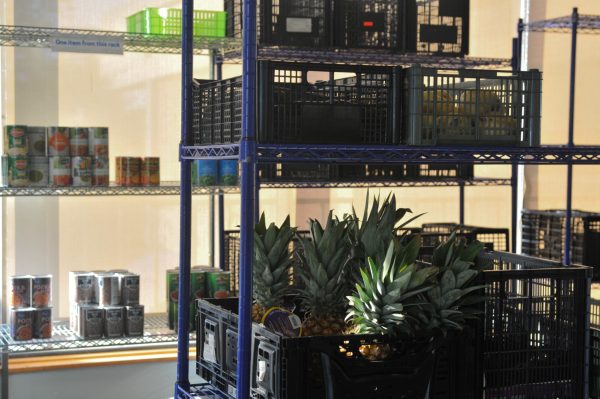Exploring the night sky
Light polluted-Los Angeles can often make it difficult to see the stars. Because of this, it’s easy to forget that there is a whole universe surrounding us. The Planetarium on campus allows us to see the starry sky in absence of light pollution as well as simulated astronomical events including moon orbits and supernova explosions.
Astronomical shows – free and open to the public – are shown at the Planetarium monthly. The topics are wide-ranging including dark holes, exploding supernovas, death of massive stars, and current astronomical news.
The upcoming Planetarium shows are April 11 at 8 p.m. and May 17 at 3 p.m.
Susan Stolovy, physics instructor, who presents the shows with astronomy lecturer Shimonee Kadakia.
Another show was about “stars like our sun, which are not massive, and have very different end states. It will become a different kind of star eventually. It will be a red giant and then a white dwarf and then it will just kind of slowly burn out,” Stolovy said.
At one of the 3 p.m. shows, students looked safely at the sun through a special telescope. They were able to see sunspots and other features of the sun.
The most recent show on March 15 was on the spring equinox.
Kadakia said “on equinox, the sun rises directly east and sets directly west [which] causes the sun to be out for 12 hours and to be gone for 12 hours, so we get equal day and night everywhere in the whole world. It shows the starting of spring.”
The Planetarium hailed back to the early ‘60s, Jessica Asbell, astronomy aide and graduate student, said. She assists both Kadakia and Stolovy with the shows.
“We used to do Planetarium shows here for the public a while ago and then they stopped,” Kadakia said. “Professor [Vincent] Lloyd would do shows every once in a while.”
Kadakia said they started the shows again a year and a half ago.
She was inspired to begin them since EC has this “great facility” and she wanted to spread astronomy. After talking to the dean of sciences, Kadakia was able to start the shows again. Stolovy and Asbell later helped her orchestrate the events.
Stolovy, Kadakia, and Asbell all raved about the technology, especially the projectors, that students have access to.
“We have two different sky projectors in the Planetarium. One of them is the traditional star projector. It projects the sky onto the dome and you can set it to any date and any time on any location in the world, and it will show you the sky very accurately,” Asbell said. “Most recently, we acquired a digital projector which is a little bit different in its function. It runs high resolution digital video. You can actually simulate astronomical events as seen from outer space like a moon orbiting a planet or a supernova explosion.”
All students are welcome to join in on viewing the shows. Although there are some amateur astronomers who “know the sky like the back of their hands, we also have people who have never been in a Planetarium and never did anything with a telescope before,” Stolovy said.
Asbell encourages students to take advantage of this resource. She was majoring in communications as a student at EC; however, her primary academic interests shifted when she took an astronomy course.
The shows have continued to procure viewers. “For the past eight or nine shows it’s been a full house,” Kadakia said.
“[It has] been great,” Kadakia said. “People are always happy with it and they thank us for putting [the shows] on, but honestly, we are so happy to do it. As much astronomy as we can spread, we will spread it.”



